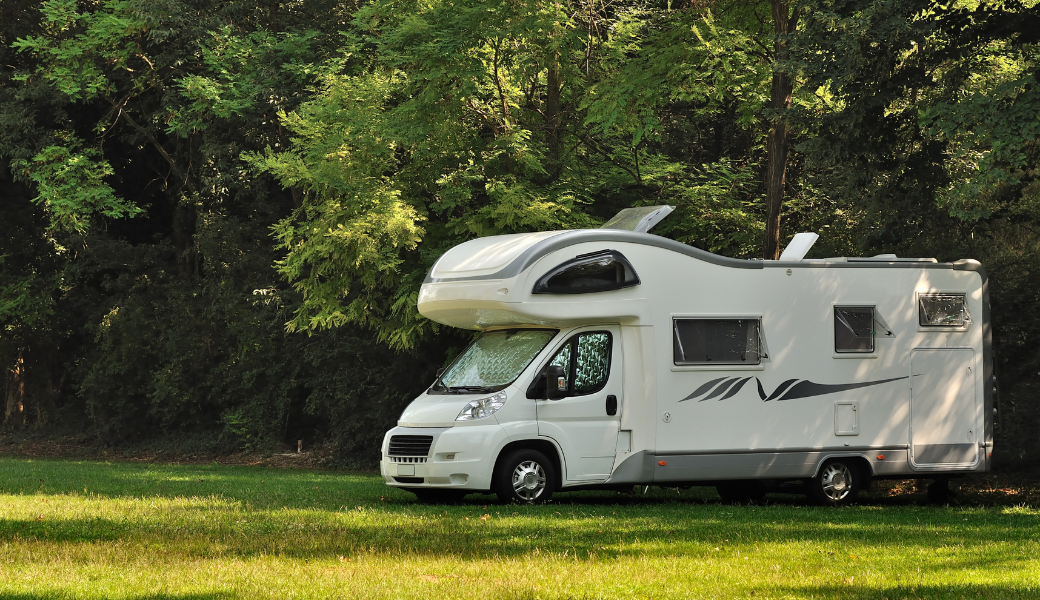Save On Fuel And Improve Your RV’s Gas Mileage

Gas prices are on the rise, but that doesn’t mean that summer road trips are coming to a halt. In a survey of RV owners from the Roadpass community platform RVillage, 75% of RVers report that they will be making no major changes in their summer travel plans. For outdoor enthusiasts who are looking to save some money at the pump, the experts at Togo RV have some tips on how to get the most out of your RV’s gas mileage:
- Drive Slowly and Consistently for Better Mileage
On average, the most fuel-efficient speed for RVs is between 55 and 65 miles per hour. The faster and more aggressively you accelerate, the more gas you’ll waste just getting up to speed. Slow, steady acceleration and deceleration are easier on your engine, your brakes, and your wallet. Where you can, use cruise control to help keep your speed consistent over time. Bottom line, don’t drive your RV like you’d drive a car—drive it like you would drive a semi-truck, taking your time to get up to speed and leaving lots of room to coast to a stop.
- Schedule Regular Service
It’s shocking how many little things can add up when it comes to decreasing fuel efficiency. For instance, a dirty air filter can reduce efficiency by as much as 10 percent. Tires underinflated by 10 psi will decrease fuel efficiency by 2 percent per mile. And skipping a simple engine tune-up could cost 20 percent of your fuel efficiency. Put them all together, and you’re looking at a significant dent in your budget, not to mention your carbon footprint. Take your RV in for regular maintenance before you hit the road. Along the way, map out places where you can take your RV for oil changes, tune-ups, and quick fixes, just in case you encounter any unexpected challenges on the road.
- Keep Your Tires at Optimum Inflation
The ideal inflation for your RV will depend on the size and weight of your rig; check your RV manual for guidance on what your psi should be. If you’re renting or borrowing an RV, or your manual is nowhere to be found, the recommended psi can often be found printed on the tire sidewall. Check your tire pressure on every traveling day before hitting the road, since it should only be measured when tires are cold. You can do this anywhere, by purchasing an affordable tire gauge.
- Shop Around for Gas
Although the cost of gas doesn’t strictly influence how much you need to get around, it can affect your travel budget. Fuel costs can vary widely from one town or state to the next. Download a fuel price app to help optimize your stops to get the best deals along your route.
- Rethink Your Load
Every item you pack has a quantifiable cost on your trip. For every pound you haul, you use a little more fuel. So, if you’re trying to maximize every mile, take a hard look at what you’re carrying in your RV and cut it down. The longer your journey, the more every pound adds up. But traveling light is really about priorities. You don’t need to ditch your kayak just because it’s heavy; if you use it regularly, it’s a source of joy and that may be worth the cost. However, you may find that other items in your RV aren’t as important to you—old books, skis in the off-season, a large stock of supplies that could be easily replaced as you go. Cut the dead weight and watch your fuel efficiency rise.
RVs may not be known for their efficiency compared to lighter-weight vehicles, but with these tips, you can still optimize the performance of your rig and spend some time seeing the great outdoors.
Please Sign in to View
Log in to view member-only content.
If you believe you are receiving this message in error contact us at memberservices@rvia.org.
